When Golf Courses Close for Winter Overseeding.....
It is another sign of the change of seasons
What is overseeding? In the Southwest, golf courses close for a few weeks each fall in order to plant winter grasses on their fairways, greens and tee boxes. This winter rye is needed to keep the courses looking green because the warm weather grasses go brown and dormant during the winter. No golfers are let on the course during these weeks to allow the winter grasses a chance to grow and ‘green up’. I was able to use the occasion to quietly bird at two local courses recently (with permission)
during their reseeding. Here are a few representative photos from those outings.
During fall migration, southern Arizona receives a large number of wintering waterfowl. We saw a flock of Blue-winged Teals arriving at one course. These small ducks are named after the powder-blue patch on the top front of their wings. The Tortolita Mountains provide a picturesque backdrop.
We have Pied-billed Grebes on most large ponds in Pima County. I’ve shared photos of this same mom and young over the past weeks. On my most recent visit, the pair were still spending time together. The young Grebe is almost adult size now and soon will be gaining adult feathers, losing that “zebra” facial appearance.
On one golf course, we saw an American Kestrel about 100 yards away. It was perched atop a dead tree snag where it could scan the course for insects and other small prey.
Belted Kingfishers have returned to southern Arizona for the winter. These unusual looking birds hunt fish, so they will always be found near water. The calls of the Belted Kingfisher are very distinctive and often you will hear the bird before you ever see one. You can listen to the rattling call of the Belted Kingfisher at AllAboutBirds. https://www.allaboutbirds.org/guide/Belted_Kingfisher/sounds
The Kingfisher on the rock in the photo above was minding its own business when a juvenile Cooper’s Hawk decided to give chase. Whether the Hawk, a bird-eating raptor, truly wanted to eat the Kingfisher or whether it was just learning to hunt, we don’t know. But we did enjoy the ongoing chases that we witnessed.
The Belted Kingfisher was elusive and the Cooper’s Hawk never caught it. One evasive maneuver the Kingfisher used over and over again was to dive underwater whenever the Cooper’s Hawk got close. Belted Kingfishers hunt fish so it is natural for them to be able to dive into the water. It is a very useful skill to have in situations like this one!
Once the Cooper’s Hawk flew past the disappearing Kingfisher, the Cooper’s Hawk would return to the side of the water to figure out what just had happened. The chases continued for quite a few minutes before both birds called it a draw.
Orange-crowned Warblers are birds that are very common during winters in southern Arizona. These are not the most dazzling warblers and they often are only briefly seen while foraging in shrubs. Their name comes from early scientists who examined birds in the hand (after they were shot). There is a hidden patch of orange on their head that is infrequently raised when the bird is excited. Don’t expect to see it in the field!!
A Red-tailed Hawk was perched on a saguaro on one golf course. Although the bird is in the shade, I liked this shot because the Red-tail is sitting in the middle of the cactus. You can see quite a bit of “white-wash” on the arms of the saguaro. This is a sign that the cactus has been a very popular roost spot for large raptors for a number of years.
A Great Egret was fishing in the shallows of one pond. It had just captured and swallowed a small fish when I took this shot. You can see the “gulp” in the throat of the Egret.
I’ve got more photos from these two courses for the next newsletter!


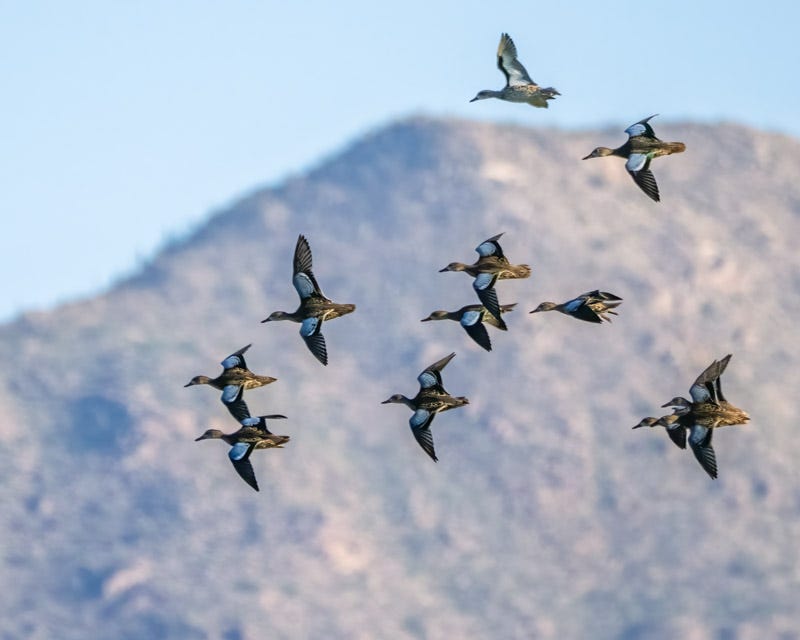
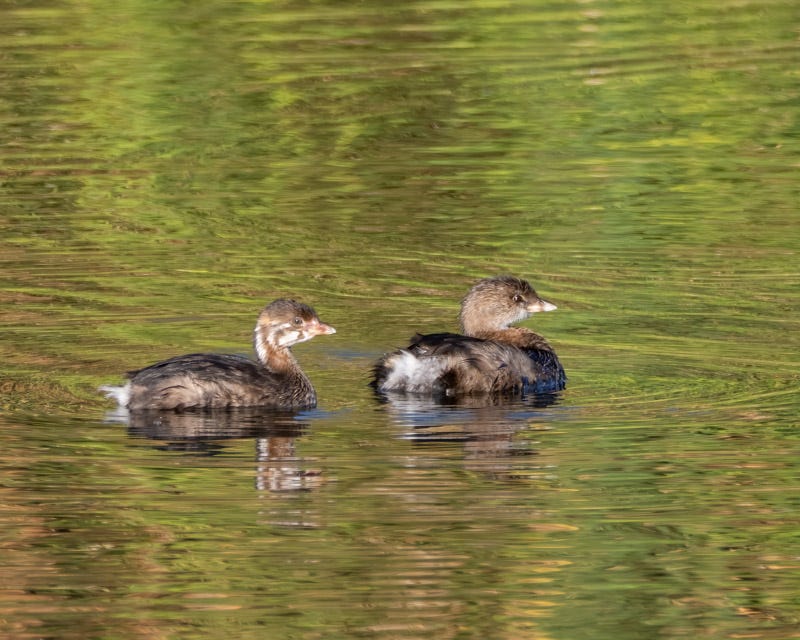
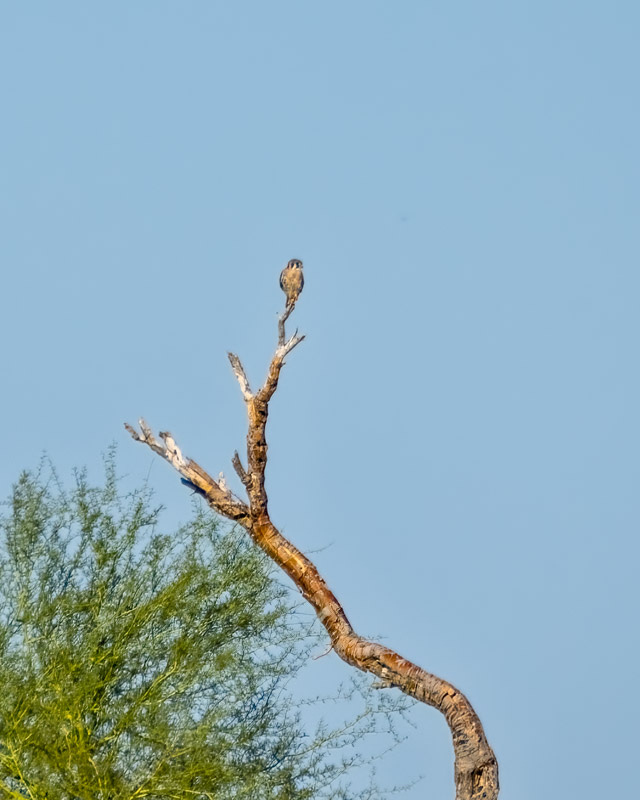
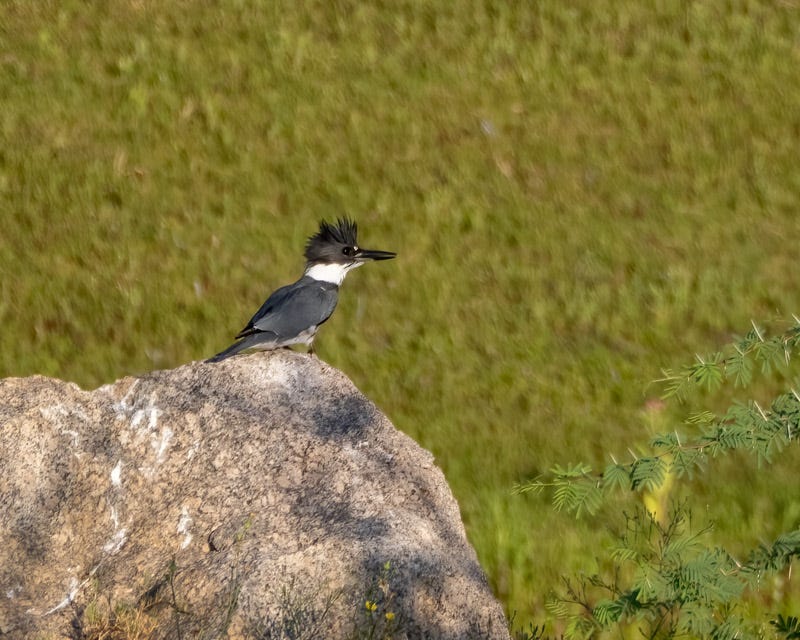
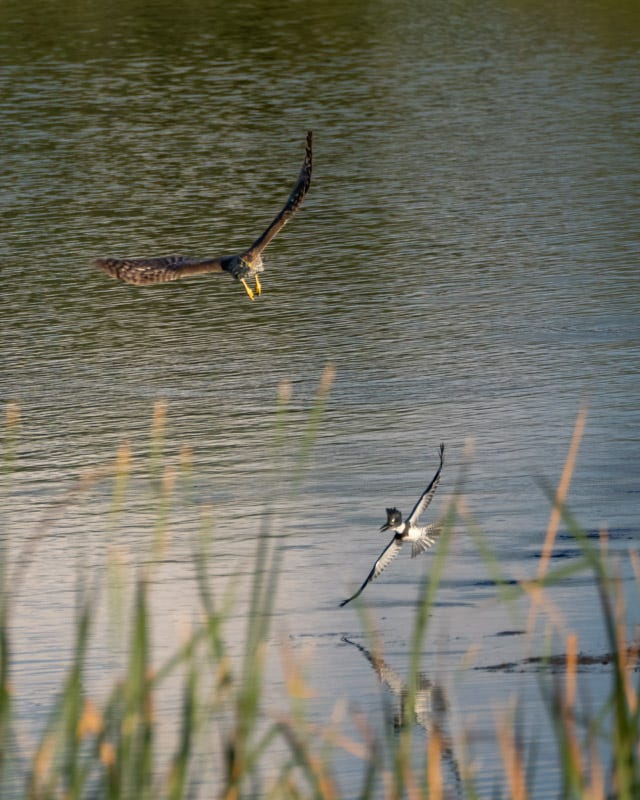
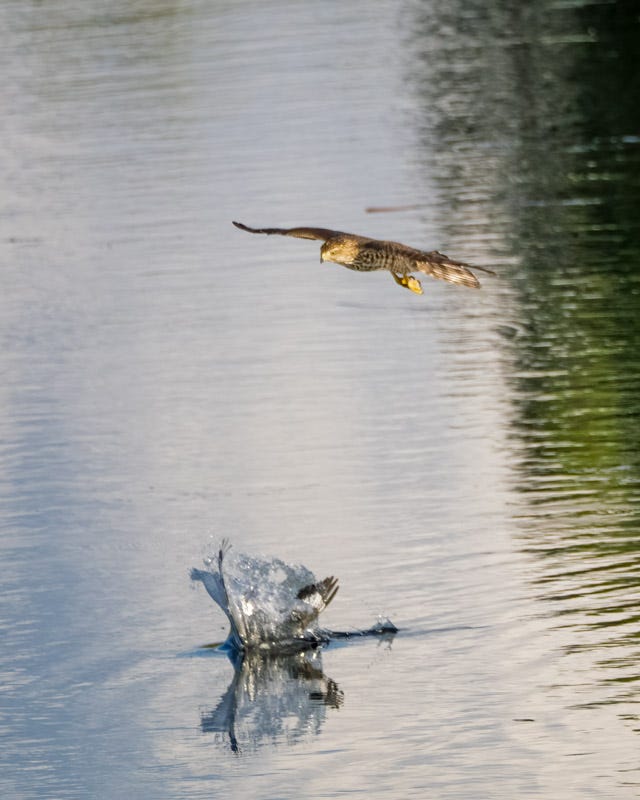
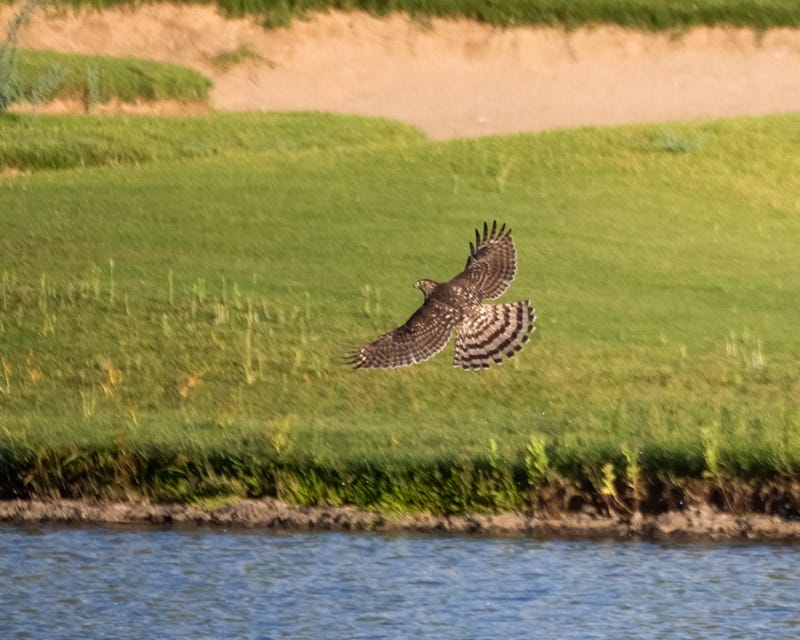
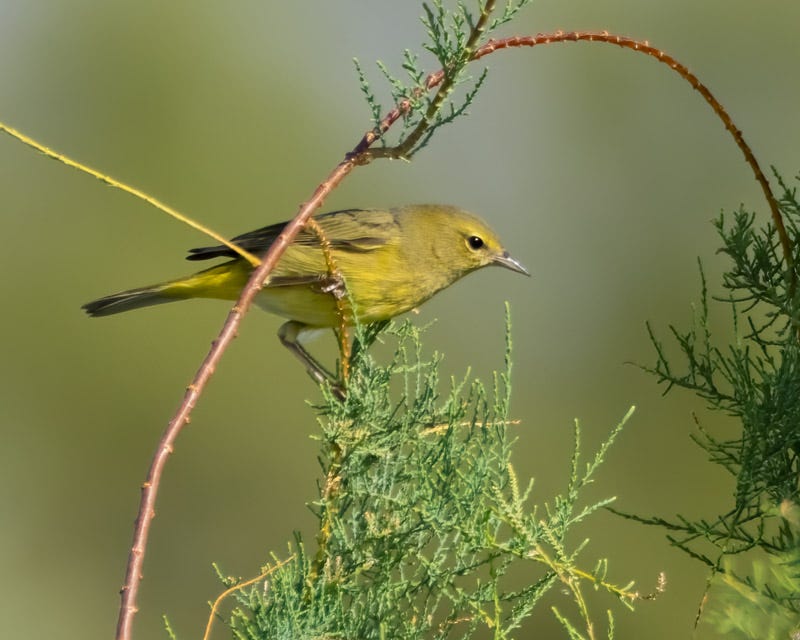
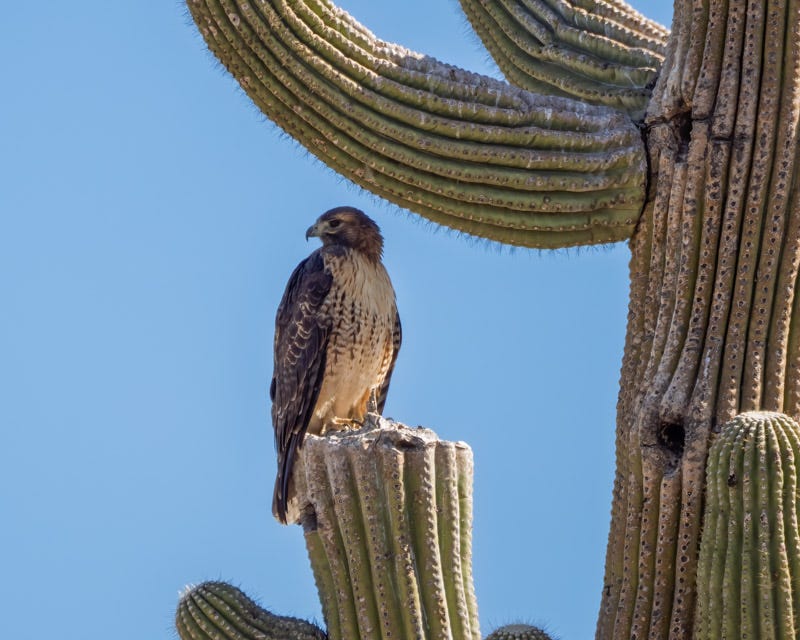
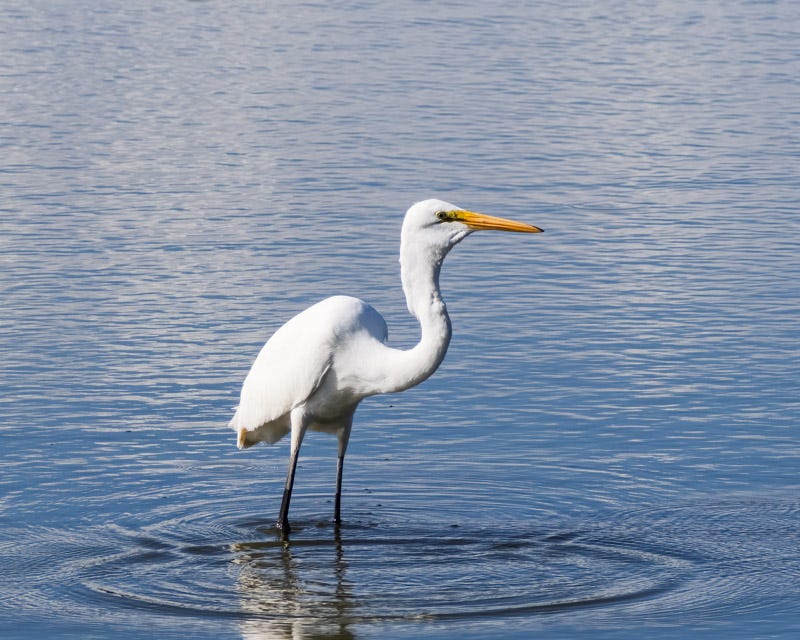
Your photo of the flock of Blue-winged Teal in flight is really beautiful!
Wow, quite the series of images!